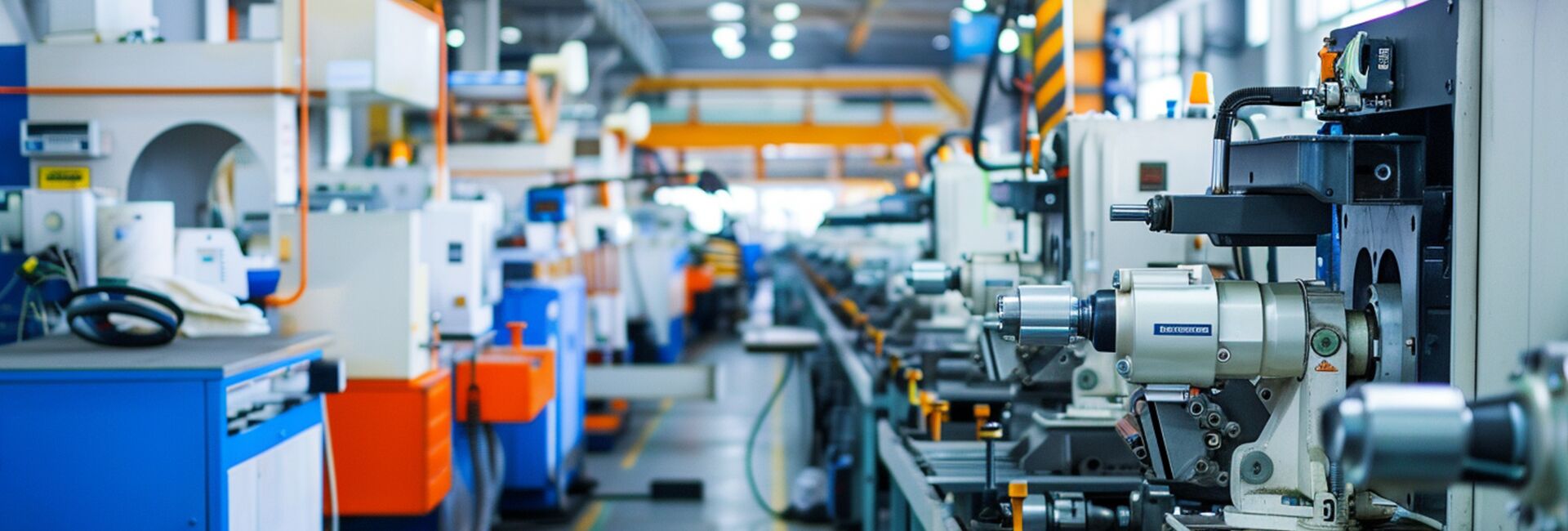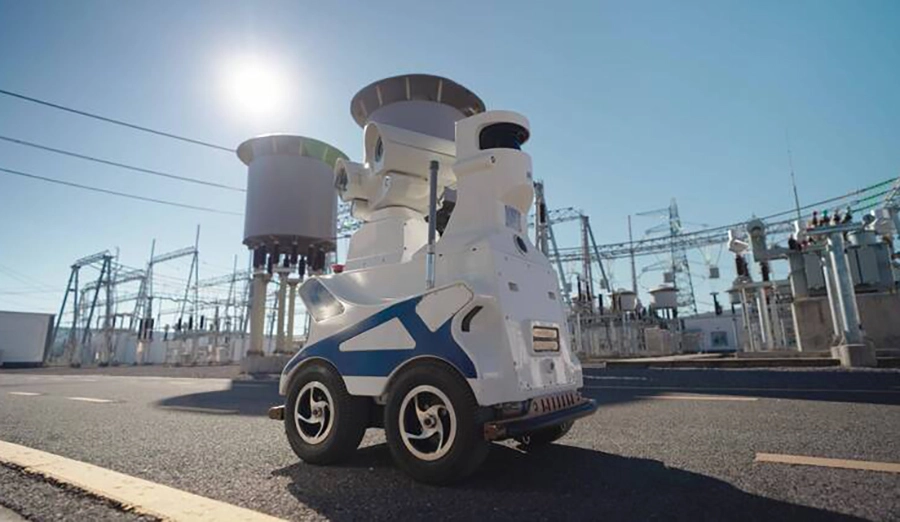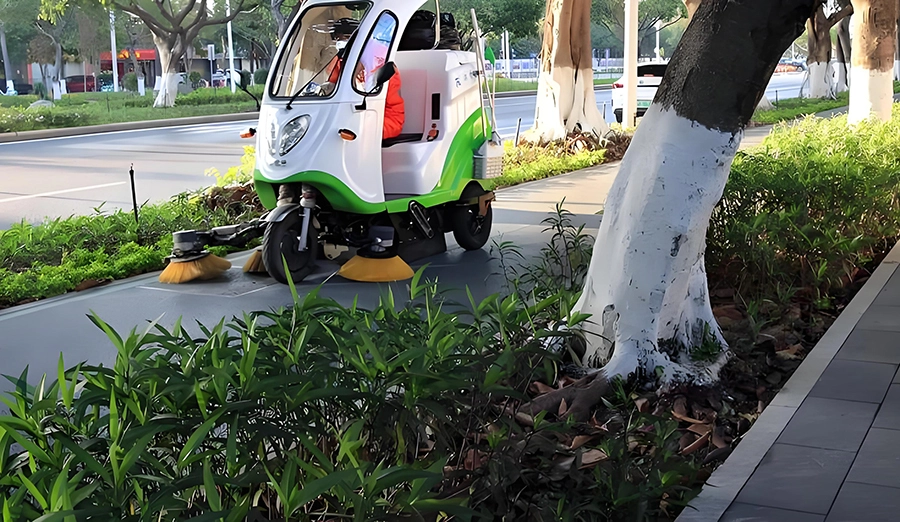
WIRELESS CHARGING IN THE NEWS
Today, with the deep integration of artificial intelligence and Robot technology, Autonomous Mobile robots (AMR) are penetrating all walks of life at an unprecedented speed. With the capabilities of autonomous navigation, flexible obstacle avoidance and collaborative work, AMR not only reshapes the operational logic of traditional industries, but also opens up new paths for enterprises to reduce costs and increase efficiency. From factory workshops to retail shelves, from logistics warehouses to farmland construction sites, the expansion of its application scenarios is triggering a cross-industry intelligent revolution.
Warehousing and Logistics: From "People Looking for Goods" to "Goods Arriving at People"
In the warehousing scenario, AMR is revolutionizing the traditional "people moving goods" model. By being equipped with lidar, visual sensors and intelligent algorithms, AMR can independently plan paths to complete goods handling, sorting and inventory management. For instance, the AMR system deployed by JD Logistics can operate continuously for 24 hours, increasing the picking efficiency by 30% while reducing the error rate of manual handling. What is more worth mentioning is that the deep integration of AMR and the warehouse management system (WMS) has achieved an intelligent operation process from "goods to people", demonstrating significant advantages in high-concurrency scenarios such as e-commerce promotions.
Industrial manufacturing: The key piece of the flexible production chain
In the field of industrial automation, AMR has become the core carrier for the transformation of smart factories. In complex production lines such as automotive manufacturing and electronic assembly, AMRs can be equipped with robotic arms or customized fixtures to perform tasks such as material transportation, component assembly, and even precision processing. Compared with traditional AGVs (Automated Guided Vehicles), AMRs do not require magnetic strips or QR codes to be laid. They can dynamically adjust their paths according to production needs, perfectly meeting the flexible manufacturing requirements of multiple varieties and small batches. For instance, after a certain home appliance giant introduced AMR, the model change time of its production line was reduced by 50%, and the overall equipment efficiency (OEE) increased by 18%.
Services and Retail: The "Invisible Assistants" to Reconstruct Consumption Scenarios
In scenarios such as shopping malls, hotels, and hospitals, AMR is enhancing operational efficiency as a "service provider". The shopping mall tour guide robot provides navigation services to customers through voice interaction, the cleaning robot enables unmanned operations at night, and the shelf scanning AMR in the retail scene can monitor the inventory and display status of goods in real time. Wal-mart once reduced the manual inventory time from three weeks to two days by deploying shelf inspection AMR, and the out-of-stock rate decreased by 25%. These applications not only optimize the user experience, but also free up human resources to complete higher-value work.
Agriculture and Construction: Exploring New Blue Oceans in "Unstructured Environments"
In unstructured environments such as farmlands and construction sites, the application of AMR shows great potential. In agricultural scenarios, low-speed autonomous driving AMRs can precisely perform tasks such as sowing, fertilizing and crop monitoring, and in combination with multi-spectral sensors, achieve "centimeter-level" operations. On construction sites, AMRs equipped with thermal imagers and gas sensors replace manual inspection of dangerous areas. For instance, an agricultural technology company has launched an orchard inspection AMR that uses AI to identify pests and diseases, helping farmers reduce pesticide usage by 30% and increase yields by 15% at the same time.
Technological iteration gives rise to unlimited possibilities
With the continuous breakthroughs in 5G communication, edge computing and AI algorithms, the perception ability and decision-making efficiency of AMRs will be further enhanced. In the future, the application boundaries of AMR will continue to expand, from cold chain logistics to medical distribution, from energy inspection to urban security. According to the International Federation of Robotics (IFR), the global AMR market size is expected to exceed 18 billion US dollars by 2027. This intelligent revolution driven by AMR is redefining the paradigm of human-machine collaboration and injecting lasting impetus into industrial upgrading.







